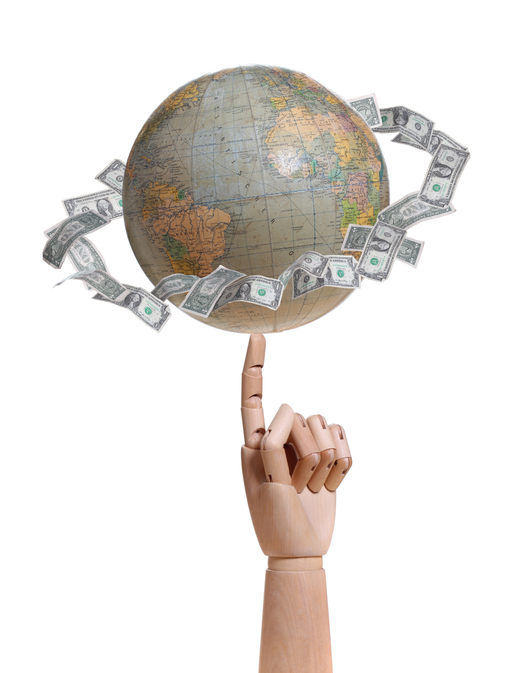The current bull market in stocks is the longest period of uninterrupted gains in American history. But investors wonder, is this a boom or a bubble? Paul Fain, president of Asset Planning Corporation, joins us to look at stock market cycles and your Sunday Money.
WHEN DID THIS BULL MARKET OFFICIALLY BEGIN?
- The run began on March 9, 2009, in the ashes of the Great Recession and the scariest financial crisis since the 1930s.
- The longest bull run before this one began in October 1990 and ended with the bursting of the dotcom bubble in March 2000.
- The slow-but-steady economic recovery, coupled with unprecedented aid from the Federal Reserve, catapulted the DJIA from around 6,500 to nearly 26,000.
THIS RUN HASN’T BEEN WITHOUT SCARES ALONG THE WAY…
The bull market narrowly survived countless panic attacks from crisis-scarred investors along the way.
- There was the downgrade of America’s credit rating in 2011.
- The feared collapse of the euro.
- China’s economic slowdown.
- The dramatic crash in oil prices.
ONE ANALYST CALLED THIS “THE MOST HATED BULL MARKET EVER” – WHAT DOES HE MEAN?
- The pessimism that’s been a hallmark of the bull market has actually ensured its longevity.
- While this bull market is in the record books for durability, it’s hardly the most powerful.
- Threats from a trade war, inflation could derail global growth.
- How would the stock market react if Trump is impeached?
IS THIS MARKET SHOWING SIGNS OF OLD AGE?
“Bull markets don’t die of old age. They end in recessions”
- Economists see little risk of a recession around the corner.
- Unemployment
- Economic growth
- Lower corporate tax rates
- Corporate profits
To read more about Paul’s opinion on economic forecasting read a recent article from the Knoxville News Sentinal here.



